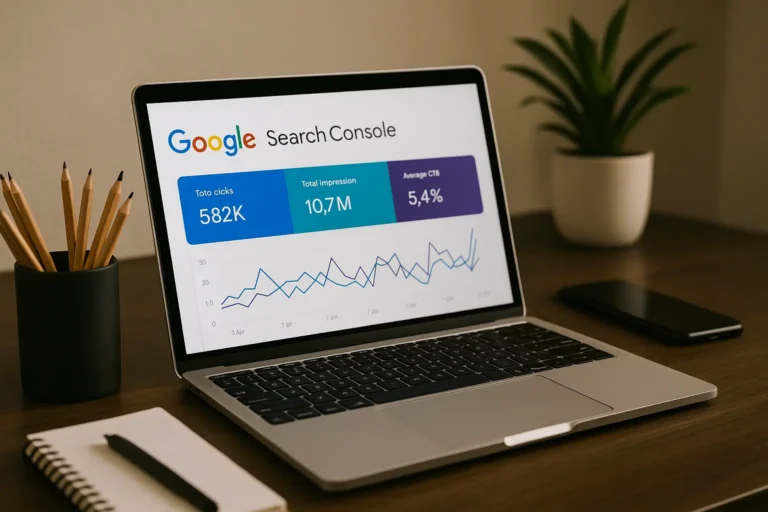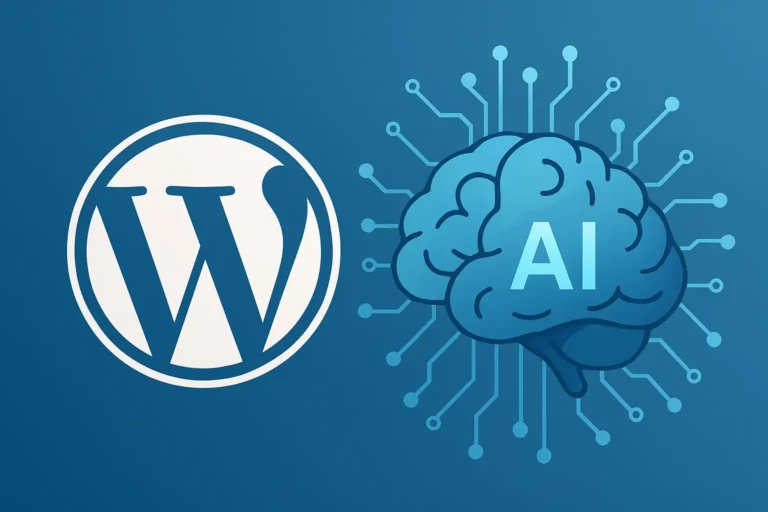In today’s digital age, a website is the face of any business. It is the primary way that customers interact with a company online. Having a well-designed and well-functioning website is essential for building trust with potential customers, improving user experience, and increasing sales. But how do you know if it’s time to redesign your website? In this blog post, we will discuss the reasons for redesigning your website, the cost of a website redesign, steps to follow for website redesign, tips for a better experience during redesigning and answers to frequently asked questions about website redesigning.
Should I redesign my website?
The first question that comes to mind when considering redesigning your website is whether it’s necessary. Here are some factors to consider when deciding if it’s time to redesign your website:
Outdated design:
If your website design looks outdated and unappealing, it may be time for a redesign. Aesthetics play a crucial role in customer engagement and retention.
Poor user experience:
If your website is difficult to navigate, has slow load times, or isn’t optimized for mobile devices, it can lead to a poor user experience. Users may leave your site and look elsewhere for their needs.
Low conversion rates:
If your website isn’t converting visitors into customers, it may be due to design or functionality issues. A redesign can help to address these problems and improve conversion rates.
Changes in your brand or business:
If your business has undergone significant changes, such as rebranding or a shift in your target audience, your website may need to be redesigned to reflect these changes.
Competitor websites are better:
If your competitor’s websites have better functionality, design or user experience than yours, it’s time to redesign your website to stay competitive.
How much does a website redesign cost?
The cost of a website redesign varies depending on the scope of the project, the features and functionality required, and the expertise of the team hired for the redesign. Here are some factors that can affect the cost of website redesign:
Size of website:
The more extensive your website is, the more time and resources required to redesign it, which can increase the cost.
Customization:
The more customization you require for your website, the more time and expertise it will take, which can increase the cost.
Functionality:
If you need specific functionality, such as e-commerce capabilities, custom plugins or integrations, it can increase the cost of a redesign.
Agency or freelancer:
The cost of a website redesign will vary depending on whether you hire an agency or freelancer. Agencies may charge more due to having a team of experts working on the project, while freelancers may be more affordable but may not have as much experience or resources.
On average, a website redesign can cost anywhere from $5,000 to $50,000 or more, depending on the complexity of the project.
5 simple steps for how to redesign a website
Redesigning a website can seem daunting, but breaking the process down into simple steps can make it more manageable. Here are five steps to follow when redesigning your website:
Identify your goals:
Before starting a website redesign, you should identify the goals you want to achieve with the redesign. Do you want to improve user experience, increase conversion rates, or make your website more visually appealing? Identifying your goals can help you stay focused during the redesign process.
Analyze your current website:
Analyze your current website to identify its strengths and weaknesses. What are the elements that are working well, and what needs improvement? This will help you prioritize what changes you want to make during the redesign.
Plan your new website:
Create a plan for your new website, including the design, functionality, content, and any additional features or integrations you require. It’s essential to have a clear idea of what you want your new website to achieve and how it will meet the needs of your target audience.
Develop and test:
Once you have a plan for your new website, the next step is to develop and test it. This includes designing the layout and functionality, adding content, and ensuring that the website is responsive and optimized for all devices. Testing is crucial to ensure that your new website is bug-free and functions as intended.
Launch and maintain:
Once your new website is developed and tested, it’s time to launch it. It’s important to have a launch plan in place, including any marketing and communication efforts to promote your new website. After launch, it’s essential to maintain your website, including updating content and software to ensure it remains secure and optimized.
4 trusted tips for a better experience redesigning a website
Redesigning a website can be a challenging process, but there are several tips to help make it smoother and more efficient:
Set clear expectations:
Setting clear expectations with your website designer or agency is essential to avoid misunderstandings and ensure that your redesign meets your goals and requirements.
Communicate regularly:
Regular communication with your website designer or agency is critical to stay updated on the progress of the redesign and address any issues that arise.
Stay involved:
Although you may hire a designer or agency for the redesign, it’s important to stay involved in the process to ensure that the redesign aligns with your goals and vision.
Test and optimize:
Testing and optimizing your website during the redesign process can help you identify any issues early and ensure that your website is performing optimally once it’s launched.
FAQs about redesigning a website
How long does a website redesign take?
The time it takes to redesign a website varies depending on the scope of the project, the complexity of the redesign, and the resources available. On average, a website redesign can take anywhere from a few weeks to several months.
Can I redesign my website myself?
If you have the necessary skills and experience, you can redesign your website yourself. However, it’s often best to hire a professional designer or agency to ensure that your redesign meets your goals and provides the best possible user experience.
Will a website redesign affect my SEO?
A website redesign can impact your SEO if not done correctly. It’s essential to work with a designer or agency that understands SEO best practices and takes steps to ensure that your website’s SEO is maintained or improved during the redesign.
Can I update my website’s content during the redesign process?
Yes, you can update your website’s content during the redesign process. It’s important to ensure that any changes you make align with your goals for the redesign and that your designer or agency is aware of the changes.
Need help redesigning your website?
If you’re considering a website redesign but aren’t sure where to start, Digital Roots Media can help. Our team of experts can provide guidance and support throughout the redesign process, ensuring that your website meets your goals and provides the best possible user experience. Contact us today to learn more about our website redesign services.
Conclusion:
A website redesign is an essential step in improving user experience, increasing conversion rates, and staying competitive in today’s digital age. By following the steps outlined in this post and working with an experienced designer or agency, you can ensure that your website redesign meets your goals and provides the best possible user experience.




